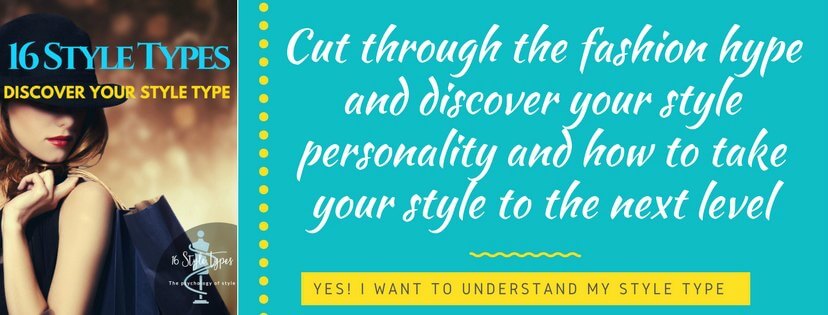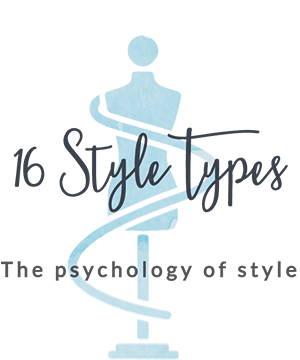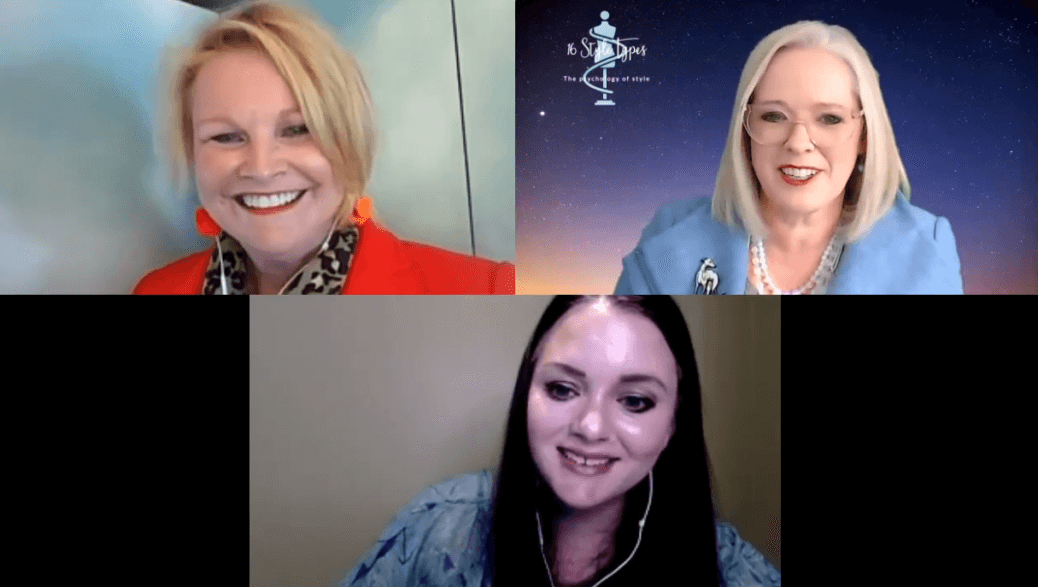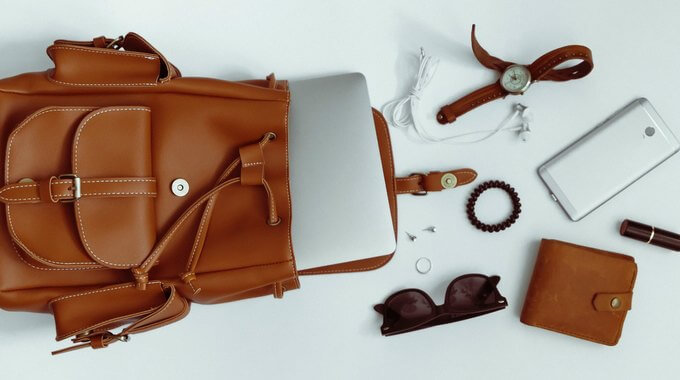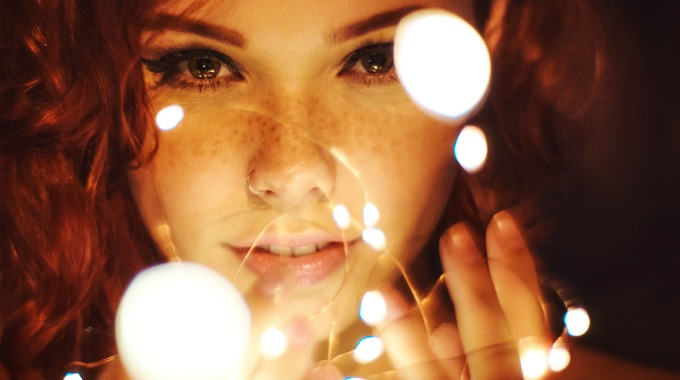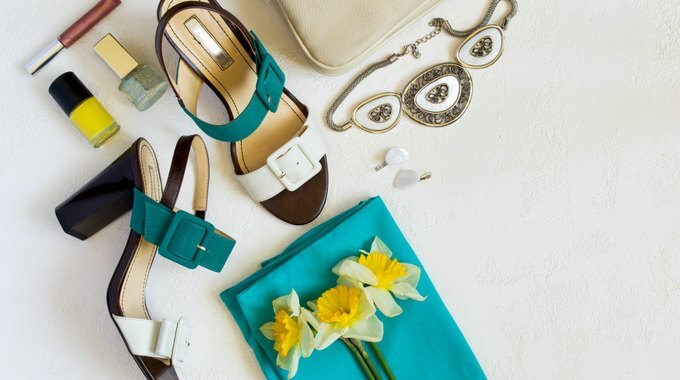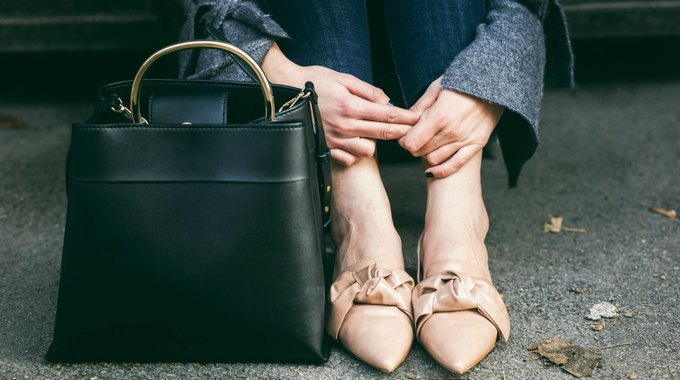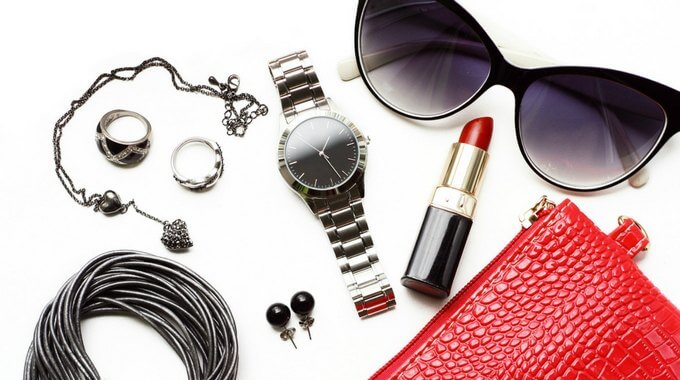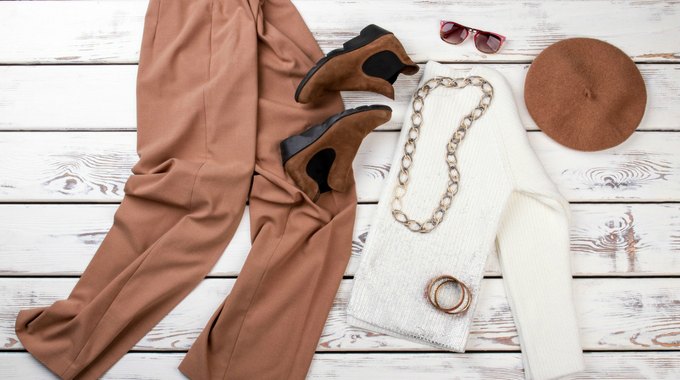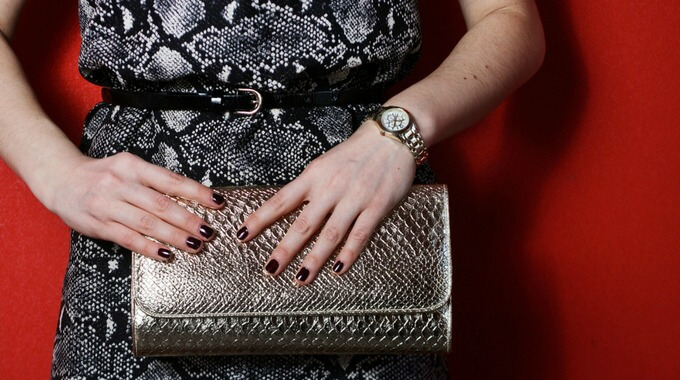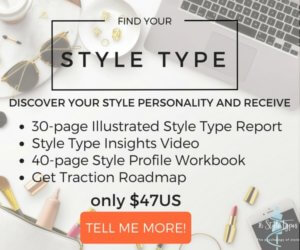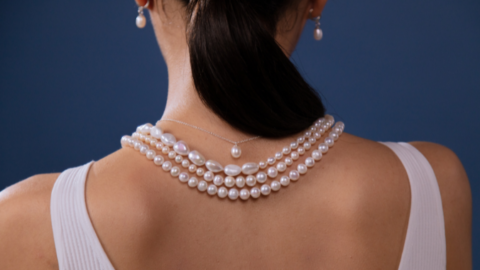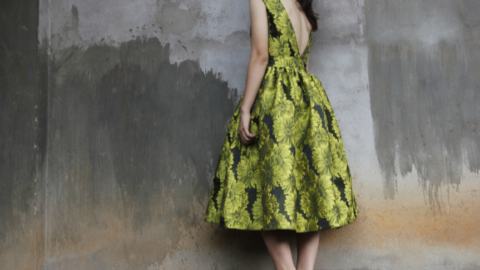Susan Storm is a certified MBTI® practitioner, author, and an avid blogger of all things psychology related at Psychology Junkie.
Recently, Susan published an article linking the Fashion Styles of Every Myers-Briggs® Personality Type based on some research on how each of the 16 Types might approach fashion.
Bringing style and personality together in an intelligent and meaningful way has been a years-long quest for us here at 16 Style Types. Jill and Imogen caught up with Susan via video link to discuss the similarities in her observations with our research here at 16 Style Types.
Please note the text that follows is not an identical transcript of what is discussed in the video; the video and the text are complementary content.
Watch the Video
Style Expression and Style Essence
One of our very first distinctions as part of our 16 Style Types development was that style essence, your core self or style DNA is separate from your style expression, the outward appearance of how we look, the clothing we’re wearing, how we are ‘styled’.
We all have a style essence, it’s a dimension of our true essence, our core self. Your innate preferences – your core self is who you naturally are; how you present yourself to the world, how you make your decisions, and the order in which things are important to you.
However, style is Influenced by more than type. Style expression is where concepts and applications such as personal coloring, body shape and silhouette, and style strategies such as developing a style recipe or statement and claiming a signature style come into the picture. Our life and work situation, together with our geography as well as the choices we have made, the people we have met, the experiences we have had — they all play a contributing role in what we choose to wear.
Your style essence and your style expression are related – they are part of the same authentic style equation – but they are not the same thing.
Differences in style expression exist in women of the same Style Type even though they have the same psychological type preferences – there are just so many factors feeding into how women choose to express their style.
Style and Type
Everyday women are bombarded with messages about how we should look and what we should wear. It can end up being overwhelming and confusing. For many women, this is where they start to dress to a formula or they do a bit of copying and imitation.
One of driving motivations here at 16 Style Types has been and continues to be helping women find their true and authentic style pathway.
As we considered the links between style and type, we found that the connection to style brought us closer to type and fashion took us further away from type because there are so many external factors that influence fashion.
Our research showed that Super Styles , also known as function pairs (the two middle letters of your four-letter type code), had the greatest impact on style choices. These four Super Styles are the two middle letters of a person’s psychological type: Sensing and Feeling (SF) – the Style Aesthetician, Sensing and Thinking (ST) – the Style Pragmatist, iNtuition and Thinking (NT) – the Style Strategist, and iNtuition and Feeling (NF) – the Style Dreamer. The Super Styles capture the information we trust and how we make decisions– the heart and soul of your Style Type.
Research has shown that people who share the same Super Style find common ground in how they communicate, approach life, how they make decisions and how they approach the process of gathering trusted information – sometimes even in the careers they seek. It was the further discovery of the distinct relationship between these Super Styles and a woman’s Style Type that was so revolutionary in 16 Style Types Best Fit Type Process.
Style and Fashion
Fashion is what is available in stores right now. Fashion is a tool you can use to create your own style. Fashion is often a relationship to the external – what is available? What is somebody else’s idea of what you should, or could, be wearing? Fashion can form part of the landscape in which an authentic style develops – but fashion and style are not the same thing.
Women developing their authentic style don’t conflate fashion with style. They use fashion as a tool, choosing what suits them and combining it with other style strategies (such as a style recipe) to create their own style. In this way, fashion is more akin to a hammer – one tool among many that you use to build a house. It’s not the house, but can be a really useful thing to have when building that house.
Style is what you wear, from past and current fashion purchases. If fashion is a hammer — one tool among many — then style is the house. Style is amalgamating clothing and accessories in a way that creates a harmonious look. You can attempt to copy someone else’s style and look stylish, but you probably won’t feel truly at home in your clothes when you’re copying others. This is often where women ending feeling they are wearing a costume or even that they’re an imposter – their clothing choices just aren’t “them”.
Authentic style is next-level style. Authentic style is when you take all the various tools at your disposal to create a style and make it your own in a way that communicates who you are and makes you the work of art. It’s when your style, your outfits are an expression of who you are, your best self, expressed through your clothes and accessories.
Our work at 16 Style Types is to help you find your authentic style; to make you feel at home in your clothes; to give you greater confidence. Our 16 Style Types Reports and Your Type of Style program understand that your personality is the key to your authentic style essence. Discovering Your Style Type is a beautiful, wonderful, rich, robust way of seeing yourself and others, and of journeying home to who you really are – your most stylish self.

Image used with permission: https://www.dilettanteartist.com/
Style Strengths and Style Challenges
No matter your level of style confidence or style competence, you’re no doubt doing some, possibly many, things right when it comes to your style.
On the flip side, all of us have things that trip us up and let us down when it comes to our style. This doesn’t make us wrong or bad, or incompetent or any other negative label we might assign – it just makes us human.
Discovering Your Style Type will identify the typical and likely style challenges and style strengths a woman of your Style Type has, allowing you to build on your strengths and challenge your weaknesses. The process of self-discovery as well as coming to terms with and understanding who you are will allow you to be authentic; true to your personality, spirit, and character.
In our research, we discovered significant differences between the 16 Style Types in how they approach style. For example, an ENTP has a different style experience and a different set of attitudes and actions when it comes to her style than does, say, an ISTJ. And so it is for all of the 16 Style Types. They are each a unique and beautiful pathway to style, and to exploring identity. They are 16 paths to exploring and expressing oneself.
Want to Know Your Style Type?
Discover your innate Style Type and how it influences your approach to style, how you view it, what about it is important to you, and even how you can further develop your style in an authentic way that feels just so right to you. Click here to discover more about the 16 Style Types Reports and get yours today.
